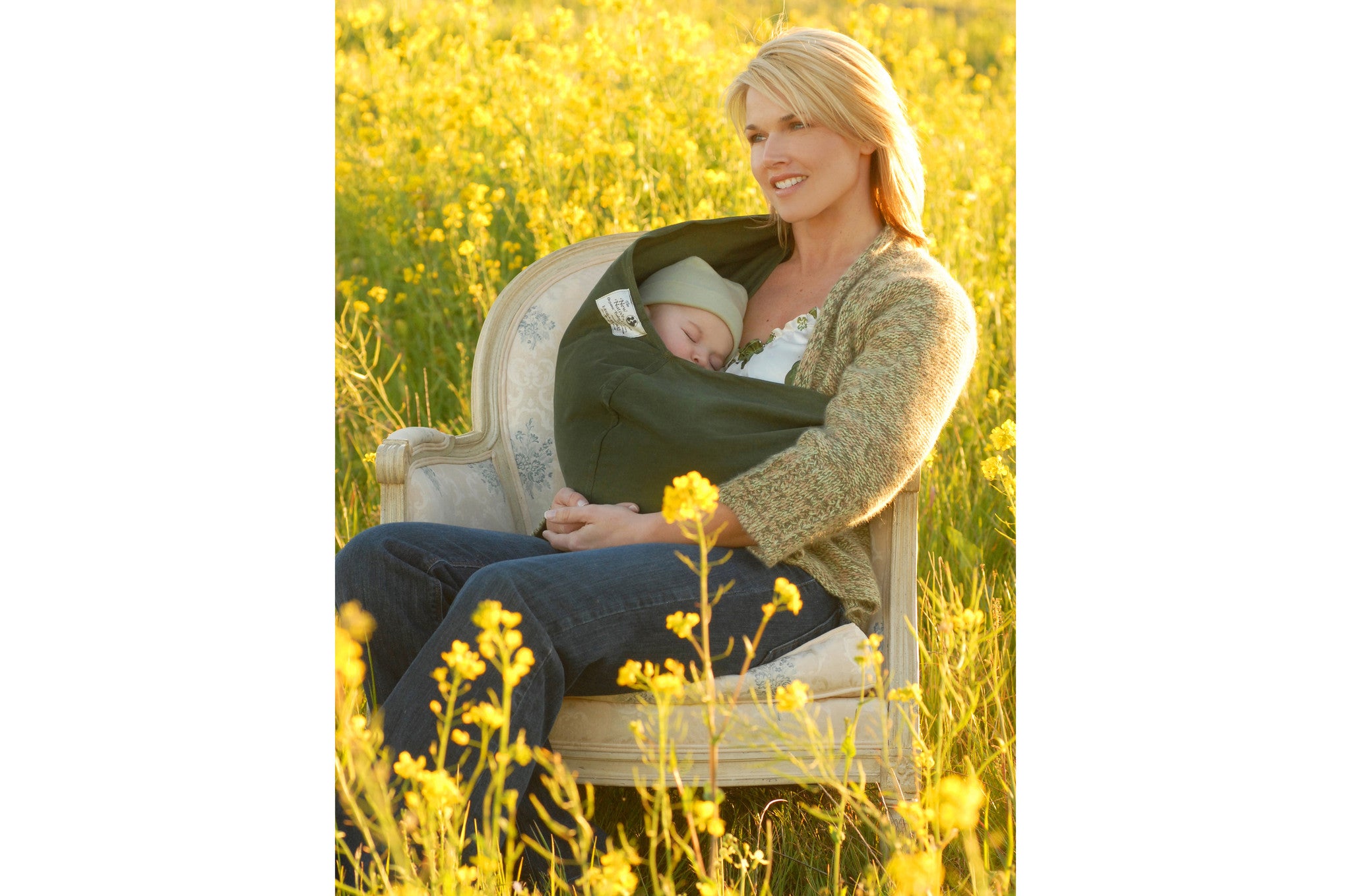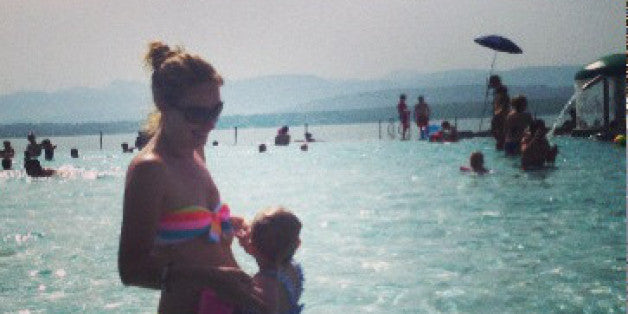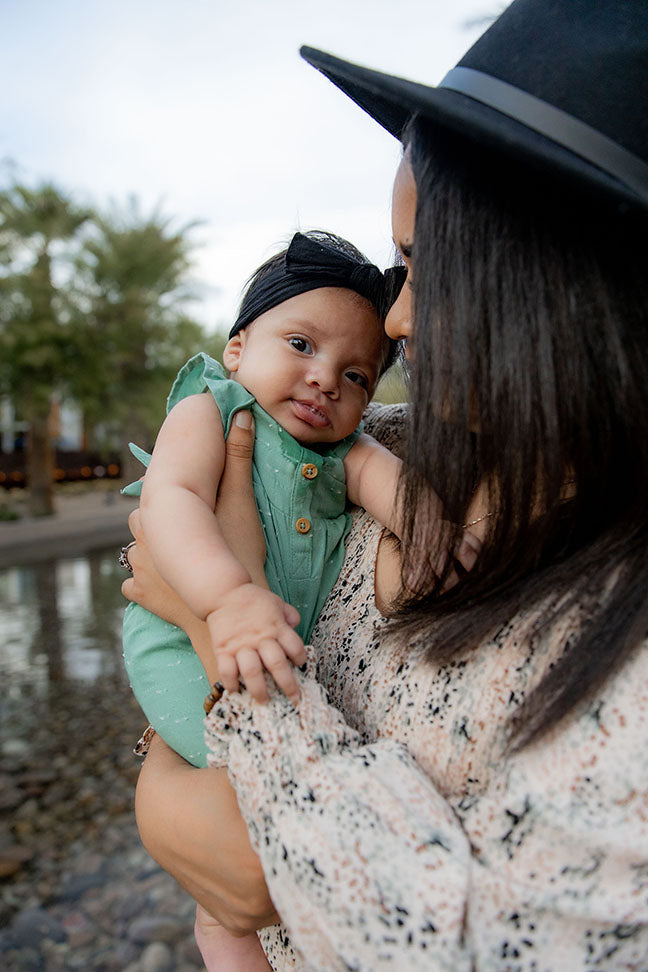3 Reasons Babywearing Reduces SIDS

http://www.askdrsears.com Download. Website.
Babywearing Reduces SIDS
Babywearing vs. SIDS
If SIDS is basically a disorder of respiratory control and neurological immaturity (and I believe it is), anything that can help a baby’s neurological system mature overall will lower the risk of SIDS. That’s exactly what babywearing does.
While wearing our own babies, I noticed how my breathing affected theirs, especially when I was sitting still with a sleeping baby nestled in a sling against my chest. Whenever I took a deep breath, so did baby. Sometimes the stimulus was the rise and fall of my chest, at other times the air exhaled from my mouth and nose against baby’s scalp or cheek-stimulated baby to take a deep breath.
Have you ever wondered why mothers in other cultures have for centuries worn their babies in homemade slings? I used to believe this old custom’s purpose was simply to protect babies from jungle dangers or to enable mothers to do manual labor. Wrong! When I was researching parenting styles in other cultures, I interviewed African mothers who wore their babies in slings that were extensions of their clothing. They agreed that babywearing protected their infants from dangers, but that wasn’t the main reason for doing it. Instead, they said, “It makes life easier for the mother,” or “It does good things for babies.” “What good things?” I inquired. These mothers replied, “The babies seem happier,” or “They cry less,” or “They seem more content,” or “The babies grow better.”
Note: these observations were not from mothers who attended parenting classes, read books on baby bonding, or relied on scientific studies. These were mothers whose “sources” were their own powers of keen observation and centuries of tradition, both of which told them babies thrive better when carried in slings. Now, modern researchers have scientifically proven what these intuitive mothers have long known: Something good happens to babies who spend a lot of time nestled close to nurturing caregivers. Here’s why.
Babywearing Reduces SIDS And Gives a Vestibular Connection
Babywearing exerts a regulatory effect on the baby, primarily through the vestibular system. This tiny system, located behind each ear, controls baby’s sense of internal balance. It is as if there are three tiny carpenter levels back there—one tracking side- to-side motion, another for up-and-down motion, and a third for back-and-forth motion—all functioning together to keep the body in balance. Every time the baby moves, the fluid in these “levels” moves against tiny hair-like filaments that vibrate, which sends messages to the brain to help baby balance her body.
In the womb, the baby’s very sensitive vestibular system is constantly stimulated because a fetus experiences almost continuous motion. Babywearing provides the same kind of three-dimensional stimulation and “reminds” the baby of the motion and balance he enjoyed in the womb. The rhythm of the mother’s walk, which baby got so used to in the womb, is experienced again in the “outside womb” during babywearing.
Activities such as rocking and carrying stimulate the baby’s vestibular system. Vestibular stimulation is a recently appreciated tool for helping babies breath and grow better, especially premature infants—those at highest risk of SIDS. Some studies showed premature babies placed on professionally-monitored, oscillating waterbeds grew better and had fewer apnea episodes than other preemies did (although one study disputed this.) Babies themselves recognize that they need vestibular stimulation; infants deprived of adequate vestibular stimulation often attempt to put themselves into motion on their own, with less efficient movements, such as self-rocking. Researchers believe that vestibular stimulation has a regulating effect on an infant’s overall physiology and motor development.
Kangaroo care
Newborn nurseries have recently begun using a method of vestibular stimulation called “kangaroo care,” in which a premature baby is wrapped, skin-to-skin, up against the mother’s or father’s chest. The parent rocks, holds, and gently moves with the baby. The rocking motion, the skin contact, and the rhythmic motion of the parent’s chest during breathing produces the following beneficial effects:Babies show:
- More stable heart rates
- More even breathing
- Fewer episodes of periodic breathing
- Fewer and shorter episodes of apnea
- A healthier level of oxygen in their blood
- Faster growth
- Less crying and increased time in the state of quiet alertness
- Better sleeping
Researchers believe that using kangaroo care helps the parent act as a regulator of baby’s physiology, including reminding the baby to breathe. In other experiments, infants with breathing difficulties were placed next to a teddy bear stuffed with a mechanism that seemed to “breathe”; these babies also had fewer apnea episodes. When this “breakthrough” in teddy technology hit the newspapers, a reader wrote in, “Why not use the real mother?”



